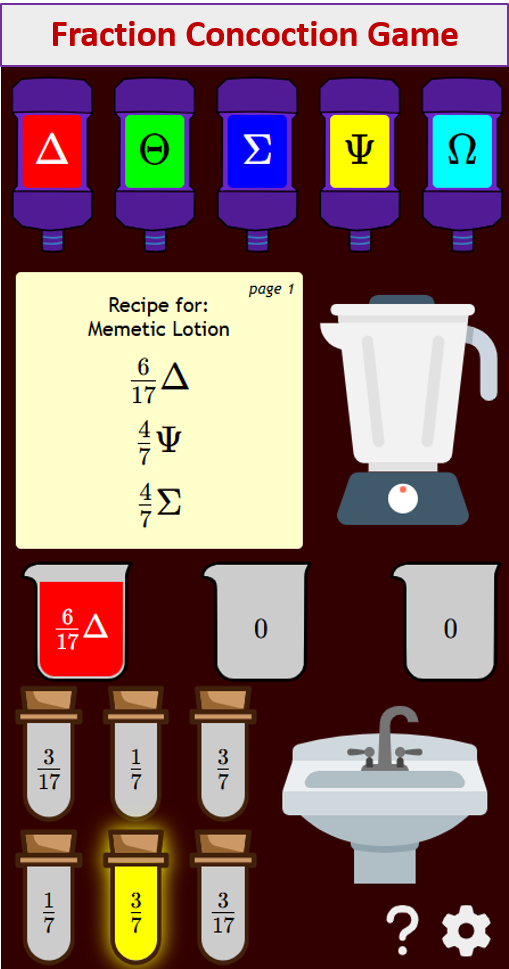

Modeling Functions
Videos and lessons to help High School students understand how a function models a relationship between two quantities, interpret key features of graphs and tables in terms of the quantities, and sketch graphs showing key features given a verbal description of the relationship. Key features include: intercepts; intervals where the function is increasing, decreasing, positive, or negative; relative maximums and minimums; symmetries; end behavior; and periodicity.
Common Core: HSF-IF.B.4
Related Topics:
Common
Core (Functions)
Common Core
for Mathematics
Modeling- Linear Functions, Quadratic Functions, Exponential Functions PT 1
Determining if data fits a Linear, Quadratic, or Exponential Model by graphing the data or finding patterns in the data.
Choose a model by graphing or choose a model by finding a pattern.
Example: Distance traveled by an airplane.
Examples: Height of a watermelon dropped from a tall building, Population of rabbits.
How to tell whether the given data fits a linear, quadratic or exponential function?
Modeling with Quadratic Functions.
This video explains how to determine the equation of a quadratic function from a graph. It used the standard form of a quadratic function and then write the standard form in general form.
Characteristics of Exponential Functions.
Try out our new and fun Fraction Concoction Game.
Add and subtract fractions to make exciting fraction concoctions following a recipe. There are four levels of difficulty: Easy, medium, hard and insane. Practice the basics of fraction addition and subtraction or challenge yourself with the insane level.



We welcome your feedback, comments and questions about this site or page. Please submit your feedback or enquiries via our Feedback page.


